When seeing or hearing the word “fat”, my brain instantly jumps to negative conclusions. Fats  are commonly perceived as very bad for you and nothing else. We always are told to stay away from the fats and to eliminate them from our diets, but could the omission of certain ‘fatty’ foods actually be a negative thing?
are commonly perceived as very bad for you and nothing else. We always are told to stay away from the fats and to eliminate them from our diets, but could the omission of certain ‘fatty’ foods actually be a negative thing?
Believe it or not, fats are actually an important component in a healthy diet. With the intake of fats, essential fatty acids aid in keeping our skin soft, providing the body with vitamins, and re-energizing the body. With that being said, it is still important to monitor your fat intake, while making sure to provide your body with foods to help your health. According to The U.S. Department of Agriculture’s 2005 Dietary Guidelines, it is strongly encouraged that “adults get 20%-35% of their calories from fats. At a minimum, we need at least 10% of our calories to come from fat.” 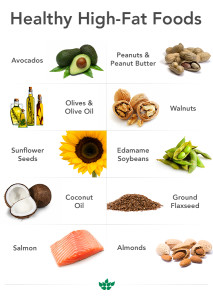
With the discovery of “good fats”, society can no longer blame fats in general for causing
obesity. Obviously there are some foods that contain a higher fat content than others, but it is highly likely that an excessive intake of almost any food could lead to weight gain.
You may be asking what some of these essential “good fats” include, and just what is making
them beneficial to your health. The main ingredient contributing to “bad fat” is known saturated 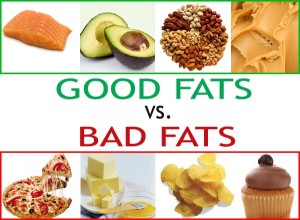 fat. This is the area in which we are able to distinguish between good fats and bad fats. Instead of a high percentage of saturated fats, good fats have fewer hydrogen atoms bonded to carbon chains, thus, deeming them as healthier fats. Surprisingly there are an abundance of products that fall under the healthy fats category. The most prevalent good fats usually consist of vegetables, nuts, fish, etc. Some additional specific examples include: Avocados, Cheese, Dark
fat. This is the area in which we are able to distinguish between good fats and bad fats. Instead of a high percentage of saturated fats, good fats have fewer hydrogen atoms bonded to carbon chains, thus, deeming them as healthier fats. Surprisingly there are an abundance of products that fall under the healthy fats category. The most prevalent good fats usually consist of vegetables, nuts, fish, etc. Some additional specific examples include: Avocados, Cheese, Dark
Chocolate, Whole Eggs, Nuts, etc. These foods all fall under the categories of monounsaturated and polyunsaturated fats.
Next time you ponder whether you should cut out fatty foods from your life, remember that there are a handful of fatty foods that are actually beneficial to your health.
Sources:
http://www.webmd.com/diet/obesity/skinny-fat-good-fats-bad-fats
http://authoritynutrition.com/10-super-healthy-high-fat-foods/
http://www.webmd.com/food-recipes/good-fats-bad-fats
http://www.health.harvard.edu/staying-healthy/the-truth-about-fats-bad-and-good








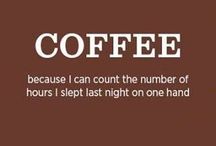







 televisions, and other electronic devices. We greatly rely on these products which makes it almost impossible to imagine what life would be like without them. Technology at your fingertips makes it easier to communicate, share documents, record videos, snap pictures, and etc. People become so wrapped up in the newest iPhone or the newest Macbook that they tend to lose sight in what is happening around them. Now, don’t get me wrong I am all for technology and I probably wouldn’t be able to accomplish half of what I accomplish in a day without my laptop or cell phone. However, that might just be the problem. We tend to focus on only the good that comes out of technology, which blinds us to all of the disadvantages that come alongside.
televisions, and other electronic devices. We greatly rely on these products which makes it almost impossible to imagine what life would be like without them. Technology at your fingertips makes it easier to communicate, share documents, record videos, snap pictures, and etc. People become so wrapped up in the newest iPhone or the newest Macbook that they tend to lose sight in what is happening around them. Now, don’t get me wrong I am all for technology and I probably wouldn’t be able to accomplish half of what I accomplish in a day without my laptop or cell phone. However, that might just be the problem. We tend to focus on only the good that comes out of technology, which blinds us to all of the disadvantages that come alongside. All we have to do is simply not take these devices for granted, and use them when appropriate and in moderation.
All we have to do is simply not take these devices for granted, and use them when appropriate and in moderation.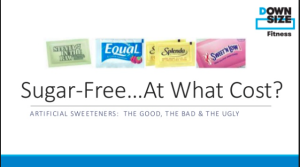
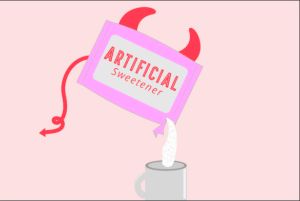

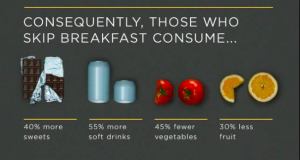 eakfast thinking they’re cutting calories, but by mid morning and lunch, that person is starved.” Thus causing these individuals to snack heavily throughout the day, and then binge eating for
eakfast thinking they’re cutting calories, but by mid morning and lunch, that person is starved.” Thus causing these individuals to snack heavily throughout the day, and then binge eating for



